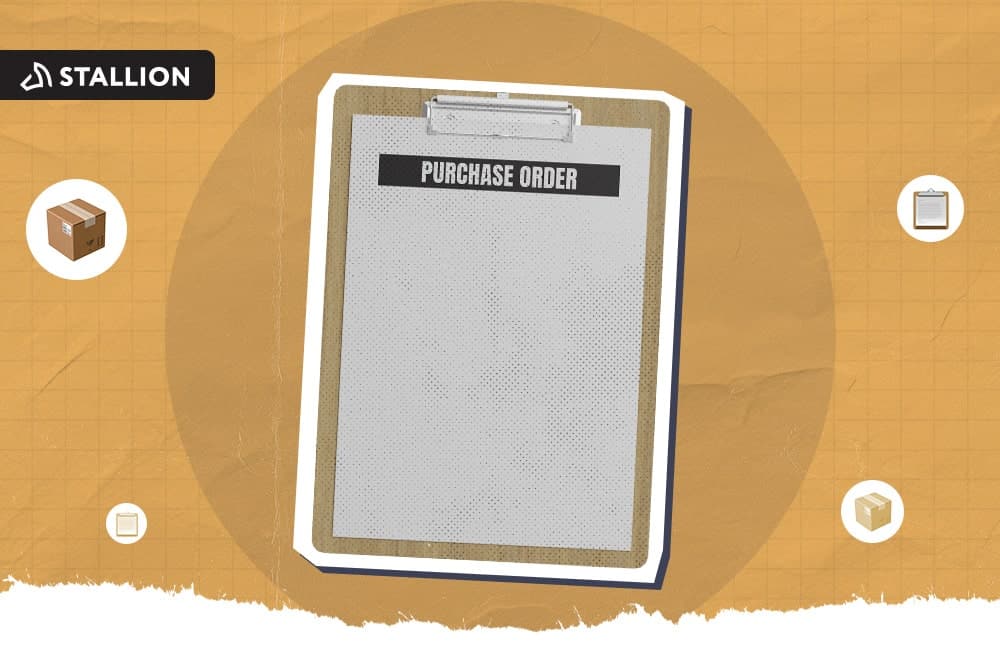
If you're running an online business in Canada, you've likely dealt with (or at least heard of) backorders. They can be frustrating, but they don’t have to be a disaster.
In this guide, we’ll break down what they are, why they happen, and how you can handle them like a pro.
A backorder is when a customer places an order for a product that's currently unavailable but will be shipped later.
Just think of it this way:
You don't have the product right now, but it will arrive soon. You'll send it to your customers as soon as you can.
It's a way to make that sale, even if your shelves or warehouse are temporarily empty.
An item on backorder is when it is temporarily out of stock. However, that doesn't mean customers cannot buy them. Instead of blocking the sale, you commit to shipping the order once it's available again.
For example:
Let’s say you sell skincare products online, and a certain serum sells out fast. Instead of removing it from your store, you keep it listed with a note that it’ll ship in two weeks. Customers can still buy it, knowing there’ll be a delay.
Backorders allow you to keep generating sales even when inventory runs low, so long as you're transparent about timelines.
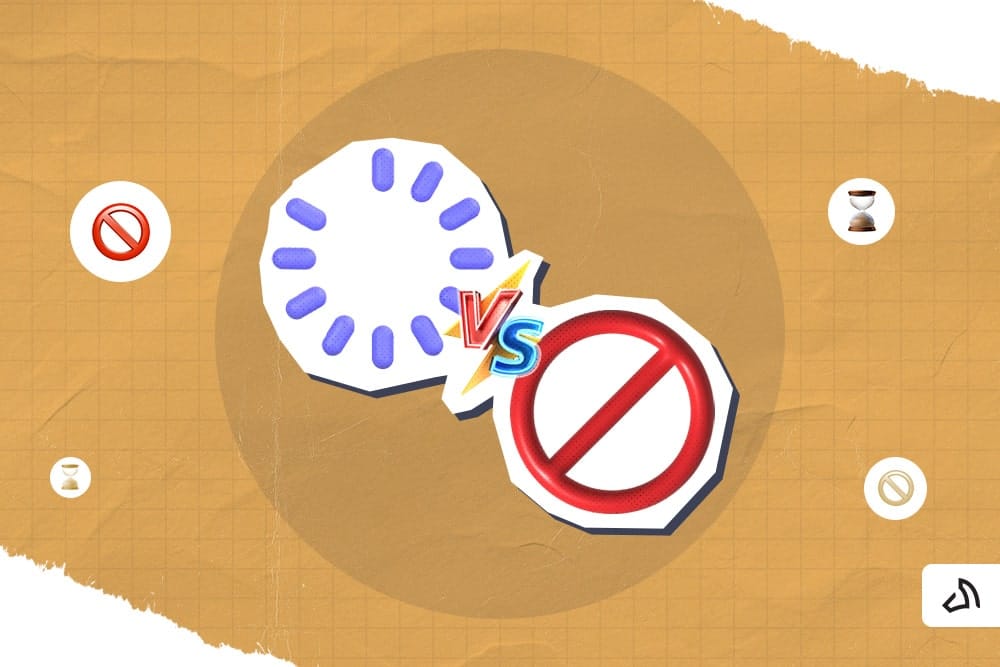
You may also be wondering about this—and it's a common mix-up.
However, this is what makes them different:
So if products are backordered, you're still making sales even when the item isn't physically in your hands yet.
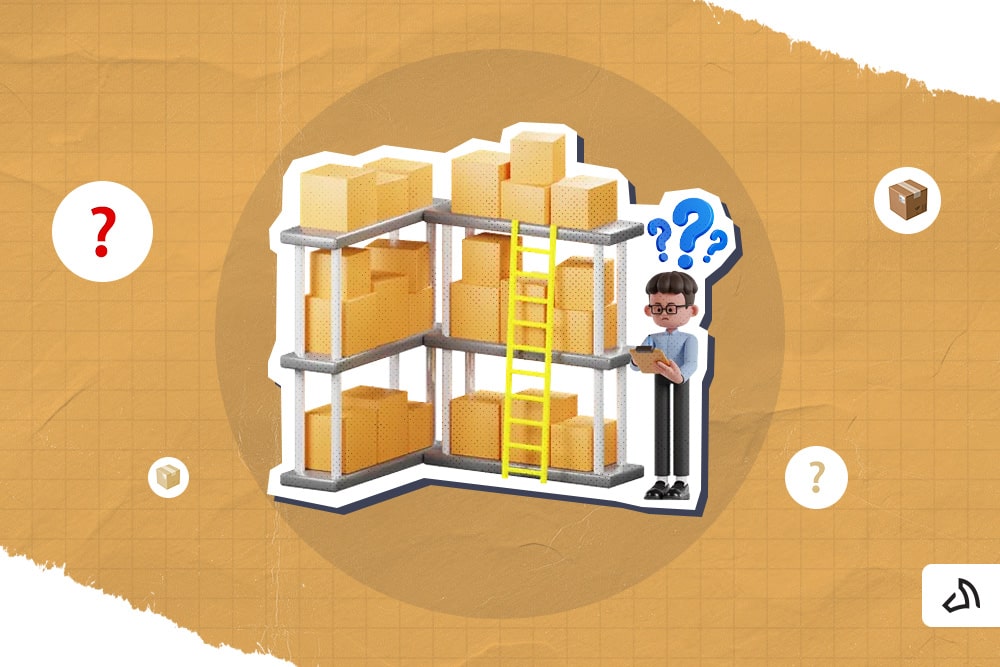
Backorders don’t just happen out of nowhere. Here’s what usually causes them:
Sometimes, the issue lies in your inventory management system. It may say you've got 50 items left, but in actuality, you only have 5. This can lead you into problems faster than you think.
When your suppliers don't deliver on time, your business can't sell either. Unfortunately, it results in a backordered item. This is extremely common, especially for sellers relying on overseas manufacturing.
A product goes viral, or you have a killer promotion. Well, that's great for business. But let's say you're not prepared enough. It can drain your inventory and make it hard to meet customer demand.
As a business owner, failing to plan for seasonal trends or new product launches can be a significant problem. Without enough safety stock can leave you short on inventory when it counts.
Sometimes, things happen outside your control. For instance, factory breakdowns or quality control issues can slow everything down. While this situation is out of your hands, it can still result in a backordered item.
Another thing that is beyond your scope of authority is the shipping. Especially here in Canada, delays at the border or with international shipments can throw your timelines way off, resulting in a backordered product.
If you think trying to save on warehousing by keeping stock levels low can do your business good, then you're absolutely wrong. In fact, you're at higher risk of selling out unexpectedly and having to tell customers the item is on backorder.
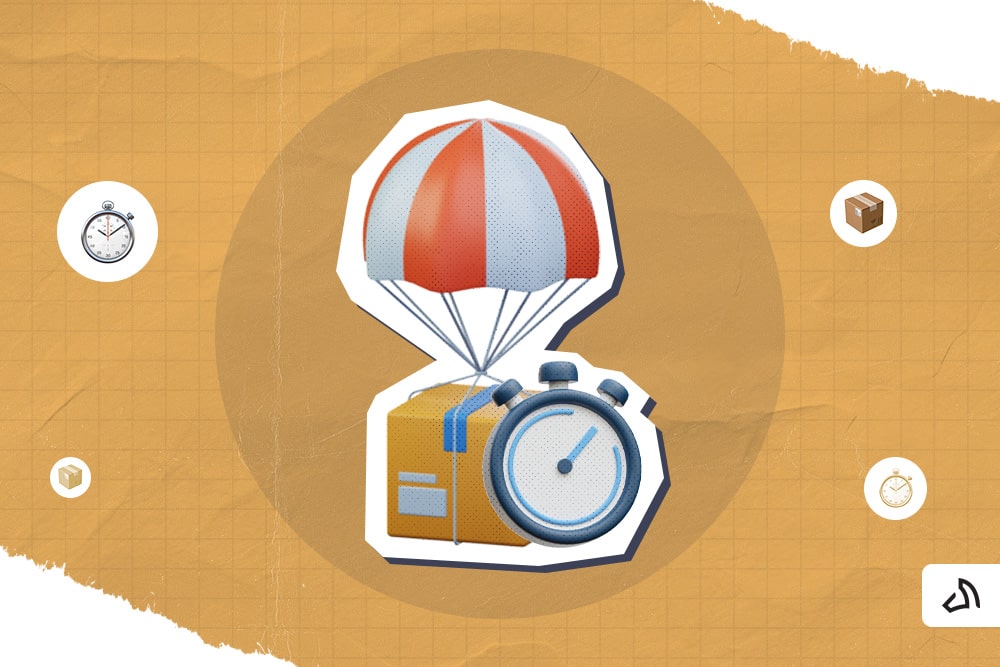
There's no one-size-fits-all answer here. It depends on your supply chain, product type, purchase order process, and where your items are coming from. Backorders can take anywhere from a few days to several weeks.
The key? Be honest with your customers. If you think it'll be 2 weeks, don't say 3 days
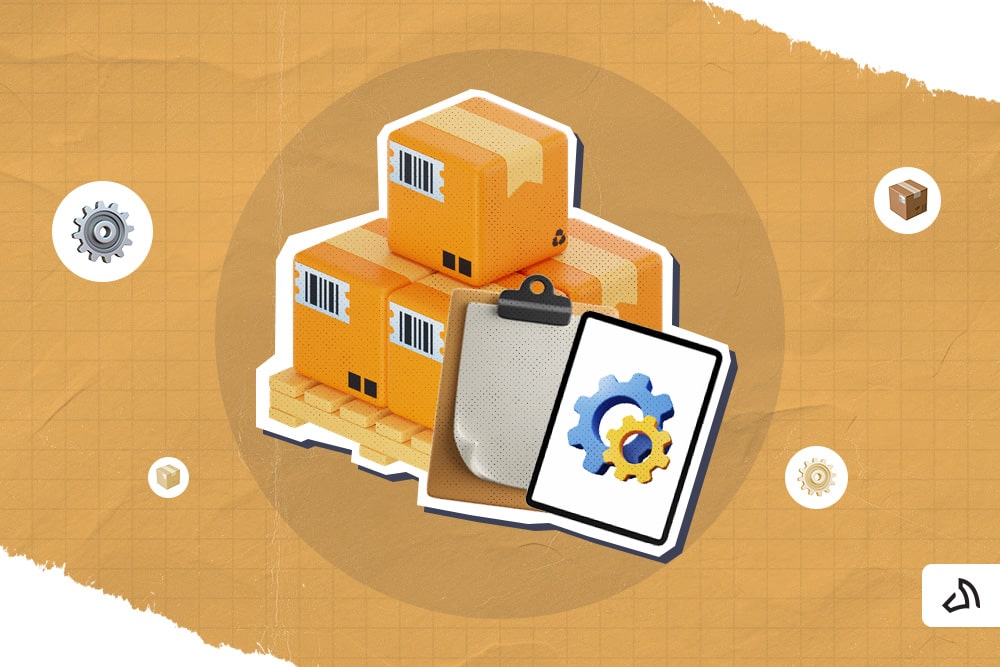
Backorders can work in your favour—but only if you manage them properly.
You’re still making money, even if the product isn’t ready to ship yet. The customer may have to wait a little longer to receive it, though.
You don't need to overstock 'just in case.' Understanding your lead time helps you restock more efficiently and save on storage costs.
Seeing what's getting backordered gives you valuable data on what your customers really want. It includes getting details of where a shortage might be hurting sales.
Let's be honest. Nobody likes waiting longer than expected for something they bought, especially when the delivery date keeps getting pushed back.
Managing and tracking backorders adds complexity to your operations, including:
It can affect the entire process, especially when you need to notify customers about delays or updates.
If customers grow impatient or find the product elsewhere, they might cancel their order. This can lead to lost revenue, sunk operational costs, and potential dead stock.
Here's an example for you:
Let's say you sell a limited-edition hoodie online. You usually sell 50 per month, so you stock 60. Then one day, a TikTok influencer features it, and boom! Suddenly, you get 200 orders in a week.
Now, you're out of stock, but you don't want to shut down the product page. So, what are you going to do?
You accepted backorders while your supplier works on the next batch. However, you will let customers know that the item may take longer to ship, but it will be back in stock soon.
Sound familiar?
Here are some frequently asked questions about backorders that you might be asking yourself as well:
Not necessarily. As mentioned, when done right, selling on backorders keeps sales flowing and helps understand customer demand. However, if communication breaks down or delays persist for too long, it can harm your reputation.
So, no—they’re not bad, but they can be if you don’t stay on top of them.
Yes, if you can restock right away and set clear expectations. Selling on backorder helps retain sales instead of losing customers due to temporary shortages.
Yes. Many online businesses also allow order cancellations for backorders, especially if the wait time is longer than expected. One thing to remember when you offer backorders is to provide easy cancellation options. It will help you build customer trust and improve brand reputation.
Mark the item as "on backorder" on the product page. Then, send a confirmation email with the estimated shipping date for the customer's orders. Follow up if the timeline changes.
There are many ways to reduce backorders, including:
Here’s how Canadian eCommerce sellers can handle backorders the smart way:
Tell customers upfront if an item is backordered, especially due to supply chain issues. Send email updates and be transparent if anything changes.
If an item is backordered due to a backlog, suggest a similar item that’s in stock. Perhaps even offer a small discount to encourage the switch.
Don’t promise overnight shipping if you know it’ll take two weeks, especially in cases of a partial backorder. Be honest—it builds trust.
Use inventory tools that track real-time stock levels so you don't accidentally oversell.
Work closely with your suppliers. If you can, consider local or backup suppliers to reduce delays. This will help you optimize your supply chain and build a stronger network.
Set clear timelines and terms for backorders so customers know what to expect.
Reward repeat customers by processing their backorders first. It’s a great way to build loyalty.
Backorders aren’t ideal, but they don’t have to be a headache. With solid communication, smart inventory practices, and visibility into your amount of stock, you can turn a potential problem into an opportunity to build trust and keep sales going.
Running a Canadian eCommerce business comes with enough challenges, including handling backorders. That's where Stallion, a trusted Canadian 3PL company, steps in.
We help online sellers across Canada simplify their fulfillment, reduce shipping costs, and keep their customers happy. Yes, even when products are on backorder!
Ready to simplify your shipping and stay ahead—even during backorder season? Get started with Stallion today.
Aman looks after the content marketing department at Stallion Express. He is passionate about helping businesses grow by providing informative and up-to-date trends in the eCommerce industry. Outside the office, you can find him on the soccer field cheering on Real Madrid.
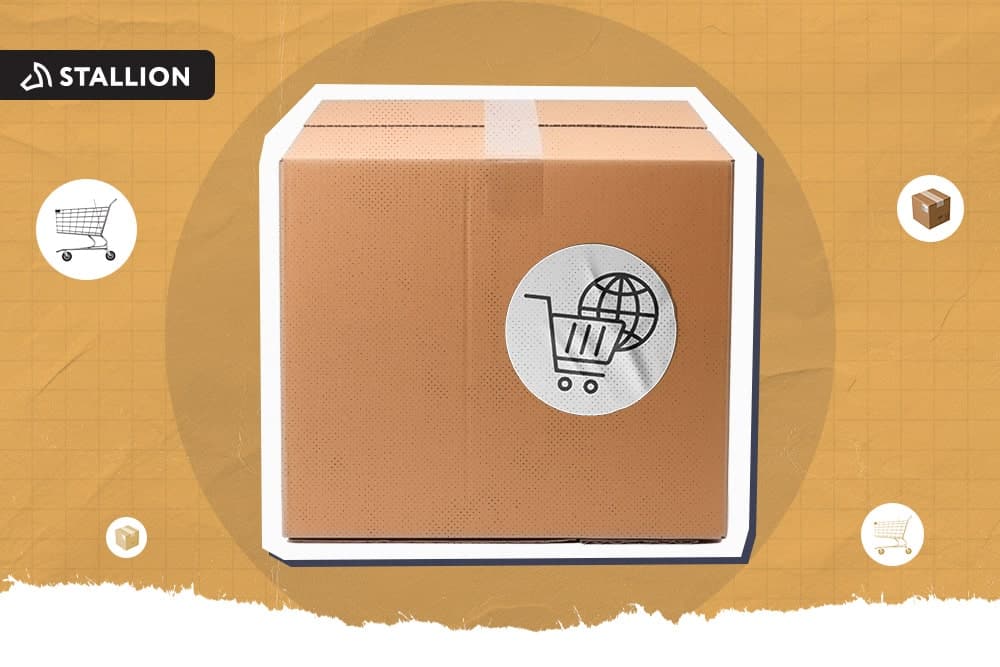
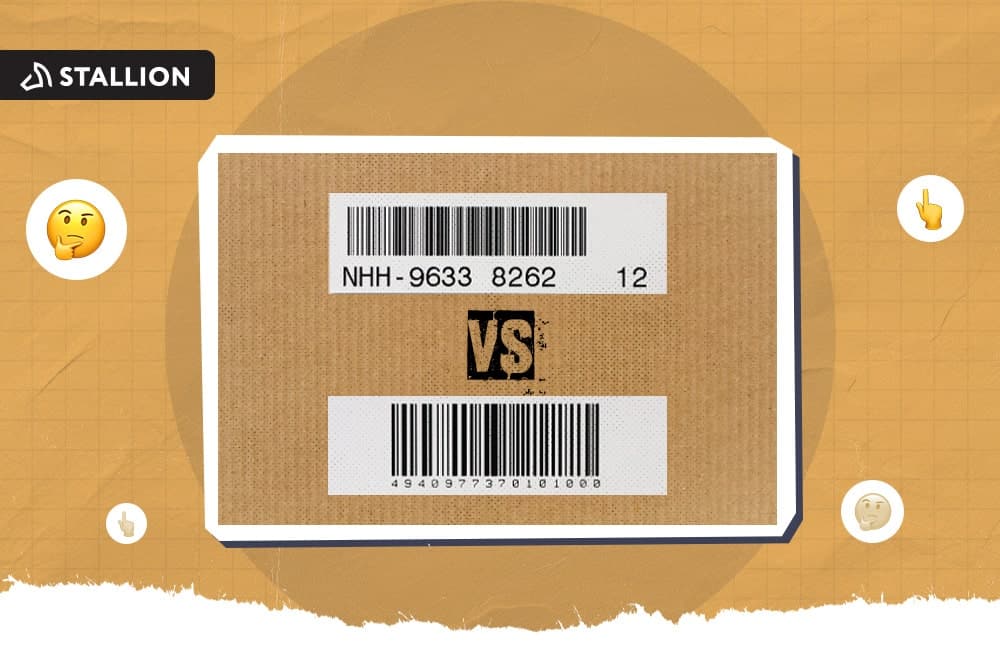
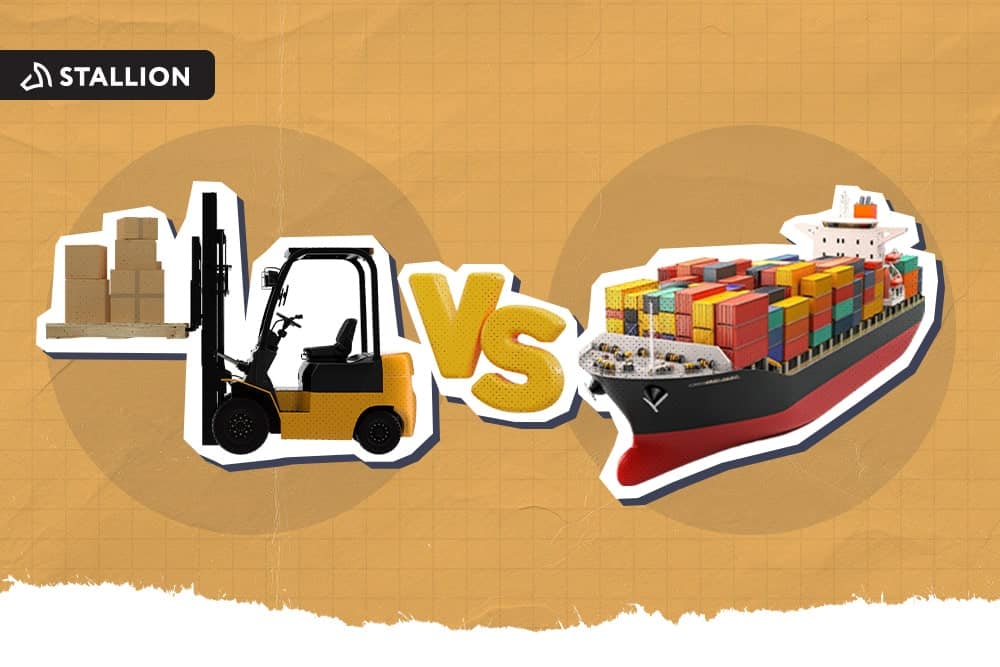
Can our fellow Torontonians relate?
-
#smallbusiness #business #entrepreneur #socialmedia #shipping #ecommerce #canadianecommerce #shopify #poshmark #b2b #saas #etsy #ebay #canada #canadiansmallbusiness #shoplocalcanada #entrepreneur
#toronto

Here’s your quick hassle free shipping from 🇨🇦 to 🇺🇸 as a business owner!
-
Any questions?! Leave them 👇🏻 and save this video so you don’t forget!
-
#smallbusiness #business #entrepreneur #socialmedia #shipping #ecommerce #canadianecommerce #shopify #poshmark #b2b #saas #etsy #ebay #canada #canadiansmallbusiness #shoplocalcanada #entrepreneur

Meet @drinkbenny a 🇨🇦 female founded energy drink brand! Instead of focusing on their products, they’re taking a unique approach by hosting in person events in different Canadian cities to offer an experience for their community 🧡
-
What are your thoughts on in person events? 💭
-
#smallbusiness #business #entrepreneur #socialmedia #shipping #ecommerce #canadianecommerce #shopify #poshmark #b2b #saas #etsy #ebay #canada #canadiansmallbusiness #shoplocalcanada #entrepreneur

Do you know the difference between DDU and DDP when shipping internationally 🌏 ?
-
Questions? Leave them below! 👇🏻
-
#smallbusiness #business #entrepreneur #socialmedia #shipping #ecommerce #canadianecommerce #shopify #poshmark #b2b #saas #etsy #ebay #canada #canadiansmallbusiness #shoplocalcanada #entrepreneur

Here’s a quick hack to save time from choosing multiple postage options
↪️ Turn on the lowest postage rate automation to save you time!
-
Questions? Leave them below! 👇🏻
-
#smallbusiness #business #entrepreneur #socialmedia #shipping #ecommerce #canadianecommerce #shopify #poshmark #b2b #saas #etsy #ebay #canada #canadiansmallbusiness #shoplocalcanada #entrepreneur
